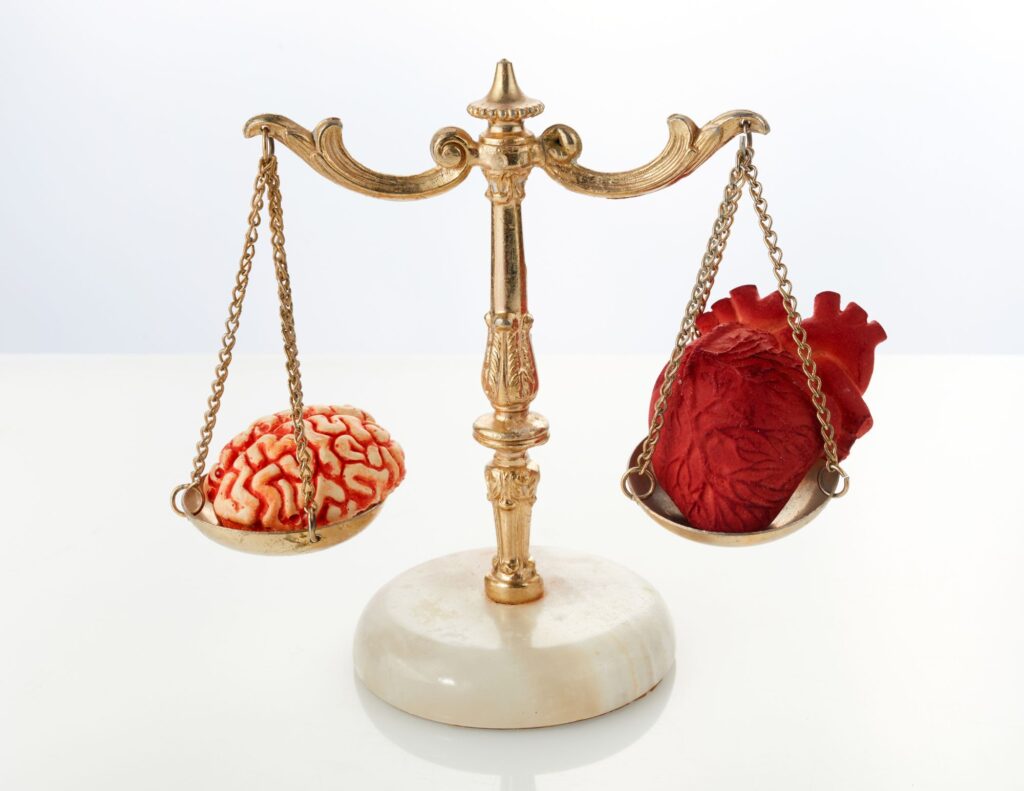Faith is a profound and deeply personal conviction that transcends empirical evidence, serving as a cornerstone of belief systems, whether religious, spiritual, or secular. At its core, faith involves trust and commitment to something greater than oneself—be it a divine being, a set of principles, or the inherent goodness of humanity. In religious contexts, faith often acts as the foundation of worship, guiding adherents to embrace doctrines, sacred texts, and spiritual experiences even in the absence of tangible proof. For instance, in Christianity, faith is described as “the assurance of things hoped for, the conviction of things not seen” (Hebrews 11:1), emphasizing a steadfast belief in God’s promises. Similarly, in Islam, iman (faith) requires not only belief in Allah but also submission to His will, demonstrating that faith is both an internal trust and an active practice. In Hinduism, Shraddha/Bhakti (faith) describes a soul’s belief in divine existence, a views the entire universe as gods existence and everything in the universe as God.
Beyond religion, faith can manifest as confidence in human potential, love, justice, or scientific progress, illustrating its universal relevance. However, faith is not without challenges; doubt, suffering, and conflicting worldviews often test its resilience, leading some to deepen their beliefs while others may reconsider them. Philosophically, faith intersects with reason, with some arguing that it complements logic (e.g., Augustine’s “faith seeking understanding”) while others view it as fundamentally opposed to evidence-based thinking. Ultimately, faith—whether rooted in religion, philosophy, or personal experience—provides meaning, fosters hope, and inspires action, shaping individual lives and societies across history. Would you like to explore how faith functions in a specific tradition or how it compares to trust and belief?
Definition of Faith
Faith generally refers to a strong belief or trust in something or someone, often without absolute empirical proof. It can manifest in different ways:
- Religious Faith: Belief in a divine power, religious teachings, or spiritual truths (e.g., faith in God, Allah, or karma).
- Secular Faith: Trust in concepts like science, humanity, or moral principles (e.g., faith in democracy or progress).
- Personal Faith: Confidence in oneself, relationships, or life’s purpose.
Faith vs. Reason: Key Conflicts & Differences
The relationship between faith and reason has been a central debate in philosophy, theology, and science for centuries. While faith is often associated with belief beyond empirical proof, reason relies on logic, evidence, and systematic inquiry. The tension—and sometimes harmony—between these two ways of understanding reality has shaped intellectual history. Below is a detailed analysis of their differences, conflicts, and possible reconciliations.
| Worldview | Faith’s Role | Reason’s Role |
|---|---|---|
| Traditional Religion | Central (God’s existence is taken on faith) | Secondary (used to support faith) |
| Atheism/Scientism | Rejected (only evidence matters) | Supreme (only logic and science determine truth) |
| Agnosticism | Uncertain (faith is unproven) | Embraced (reason cannot confirm or deny faith) |
| Mysticism | Direct experience of the divine | Less important (intuition > logic) |
| Existentialism | Personal choice (faith is subjective) | Limited (reason cannot answer life’s biggest questions) |
Key Conflicts Between Faith and Reason
Historically, faith and reason have been seen as opposing forces in several ways:
A. Epistemology (How We Know Things)
- Faith accepts truths based on authority (scripture, tradition, divine revelation).
- Reason seeks truths through observation, experimentation, and logic.
Example: A religious person may believe in miracles by faith, while a scientist seeks natural explanations.
B. The Problem of Proof
- Faith often requires belief without (or despite) evidence (e.g., “Blessed are those who have not seen and yet have believed” – John 20:29).
- Reason rejects claims that lack testable, reproducible evidence (e.g., atheists dismissing the existence of God due to lack of empirical data).
C. Dogmatism vs. Skepticism
- Faith can lead to dogmatism—unquestioning adherence to beliefs.
- Reason promotes skepticism—questioning and testing beliefs.
Example: The historical conflict between the Church and Galileo over heliocentrism.
D. Different Goals
- Faith seeks meaning, purpose, and spiritual truth.
- Reason seeks factual accuracy and objective understanding.
How Individuals Can Make Faith and Reason Coexist
The relationship between faith and reason doesn’t have to be adversarial. Many people—philosophers, scientists, and everyday believers—successfully integrate both into their lives. Below are practical ways individuals can foster harmony between faith and reason.
1. Recognize Their Different Domains
Faith and reason often address different kinds of questions:
- Faith deals with meaning, purpose, morality, and transcendence (e.g., “Why do we exist?”).
- Reason deals with facts, evidence, and the natural world (e.g., “How does gravity work?”).
Example: A scientist may study the Big Bang (reason) while also believing in a divine creator (faith), seeing no contradiction because they answer different questions.
Practical Step: Avoid forcing religious texts to be scientific manuals or demanding empirical proof for spiritual beliefs.
2. Embrace “Faith Seeking Understanding” (Augustine & Aquinas)
This approach means:
- Starting with faith but using reason to explore, deepen, and defend it.
- Seeing reason as a tool to clarify, not undermine, belief.
Example: Thomas Aquinas used logic to argue for God’s existence (Five Ways) while accepting that some truths (like the Trinity) require faith.
Practical Step: Study philosophy, theology, or science to strengthen your understanding of both faith and reason.
3. Allow for Mystery and Humility
- Faith acknowledges that not everything can be proven (e.g., the nature of God).
- Reason accepts that not all truths are yet discovered (e.g., dark matter, consciousness).
Example: A doctor may rely on medical science (reason) but also pray for a patient (faith), recognizing that both have roles in healing.
Practical Step: Be open to unanswered questions rather than forcing absolute certainty in either faith or reason.
4. Avoid Literalism When It Conflicts with Evidence
Some religious texts use poetic, allegorical, or ancient cultural language. Forcing a strict literal interpretation can clash with reason.
Example: Believing in the moral truth of Genesis (human dignity, sin) without insisting on a 6-day creation timeline that contradicts geology.
Practical Step: Study hermeneutics (interpretation methods) to distinguish between symbolic and historical claims in sacred texts.
5. Engage in Critical Faith (Questioning Beliefs Constructively)
- Blind faith can lead to dogmatism; blind reason can lead to cold skepticism.
- A critical believer examines their faith with intellectual honesty.
Example:
- A Christian might ask: “Does my belief in miracles align with how I understand the natural world?”
- A Muslim might explore: “How do modern ethics align with Quranic teachings?”
Practical Step: Read thinkers who reconcile faith and reason (e.g., C.S. Lewis, Al-Ghazali, Teilhard de Chardin).
6. See Science and Religion as Complementary (NOMA Principle)
Stephen Jay Gould’s Non-Overlapping Magisteria (NOMA) suggests:
- Science explains how the universe works.
- Religion explains why we exist and how to live.
Example: Evolution explains biological diversity (science), while faith may give it purpose (religion).
Practical Step: Appreciate scientific discoveries without feeling they threaten spiritual truths.
7. Learn from Historical Models of Harmony
Many great thinkers balanced faith and reason:
- Ibn Sina (Avicenna) – Muslim philosopher who integrated Aristotle with Islamic theology.
- Maimonides – Jewish scholar who harmonized Torah with rational philosophy.
- Gregor Mendel – Catholic monk and father of genetics.
Practical Step: Study how historical figures reconciled their beliefs with reason.
8. Practice Reflective Meditation/Prayer
- Use reason to reflect on beliefs.
- Use faith to seek deeper spiritual insight.
Example: Jesuit “Examen” prayer involves reviewing the day rationally while seeking God’s guidance.
Practical Step: Set aside time for both intellectual study and contemplative prayer.
Conclusion: A Harmonious Coexistence of Faith and Reason
Faith and reason, far from being irreconcilable opposites, can coexist in a dynamic and enriching relationship when approached with wisdom and balance. Faith provides meaning, moral grounding, and a sense of the transcendent, addressing life’s deepest questions—Why are we here? What is our purpose? How should we live?—while reason offers critical thinking, empirical investigation, and logical coherence, helping us understand the natural world and navigate complex realities. Rather than seeing them as conflicting forces, individuals can integrate both by recognizing their distinct yet complementary roles: faith as the compass that guides the spirit, and reason as the tool that sharpens the mind.
History offers countless examples of thinkers—Augustine, Aquinas, Maimonides, and modern scientists like Francis Collins—who have demonstrated that intellectual rigor and spiritual conviction can thrive together. The key lies in avoiding rigid dogmatism on one side and sterile skepticism on the other, instead embracing a posture of humble inquiry. Faith need not reject evidence, and reason need not dismiss mystery. By engaging in thoughtful reflection, open dialogue, and a willingness to hold both conviction and curiosity, individuals can cultivate a worldview where faith and reason do not merely tolerate each other but actively inform and deepen one another. In this harmony, we find a fuller, more nuanced understanding of truth—one that honors both the seen and the unseen, the empirical and the eternal.








Leave a Reply